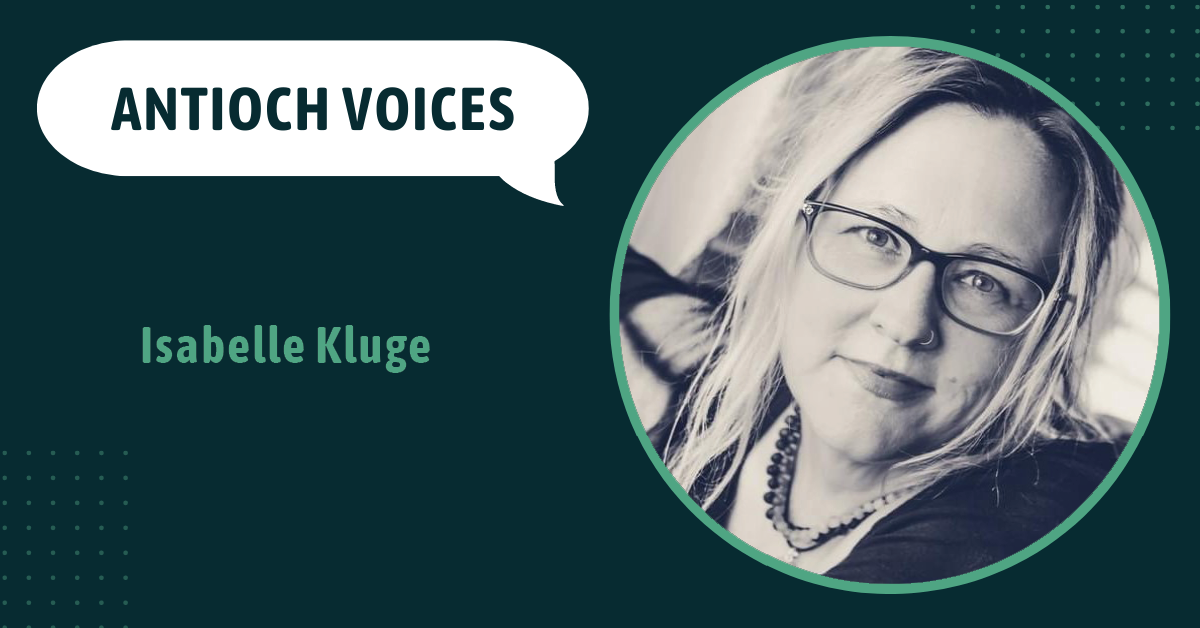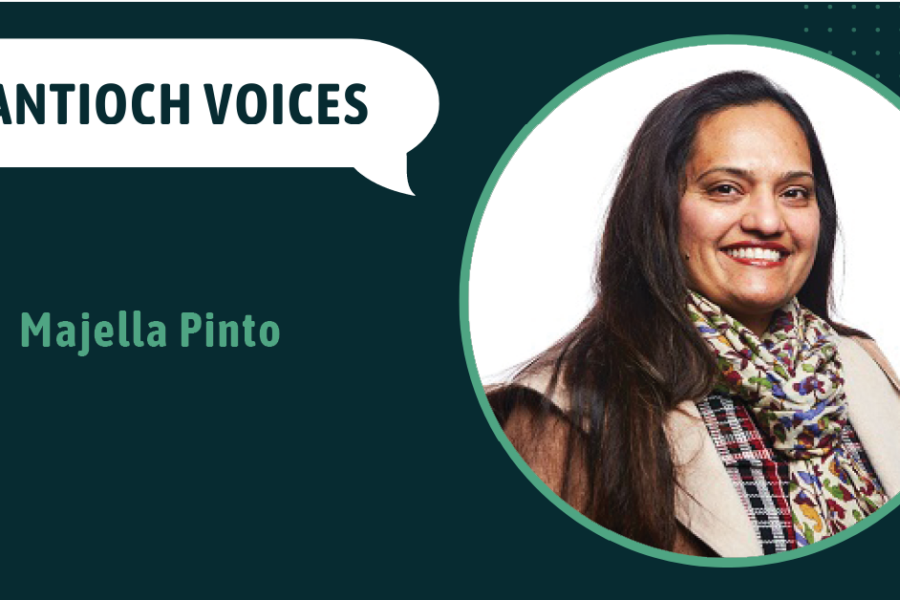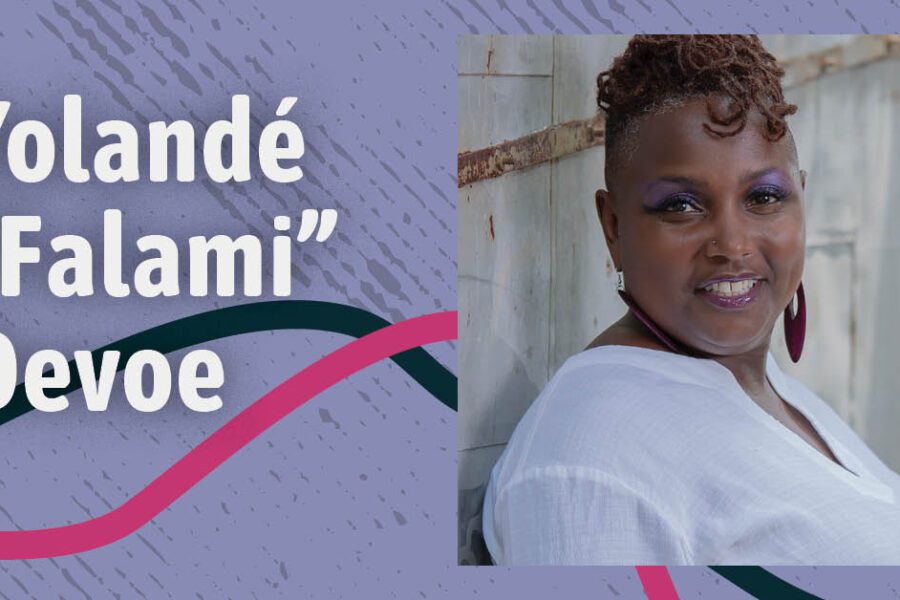This essay is part of Antioch Voices, a forum for Antiochians to speak out about issues important to them. Opinions expressed here belong to the author alone and do not necessarily reflect the official position of Antioch University. If you’d like to share your own voice, the first step is to send a short description of what you are planning to write about to [email protected].
I am a proud introvert who is always growing in self-awareness and learning to empower myself in a noisy world of extroverts. In this essay, I will address several key differences between introverts and extroverts and why both are valuable and have something to contribute to the world.
In 1921, Carl Jung popularized the terms introvert and extrovert as central building blocks of personality. Jung, an introvert, noted introverts are drawn to the inner world of thoughts and feelings. Extroverts, on the other hand, crave the external world of people and activities. Introverts and extroverts differ in the amount of outside stimulation that they need to function well (Cain, 2013). Introverts prefer less stimulation than extraverts do. An introvert’s energy gets depleted in certain environments and social situations, whereas an extravert draws energy from social interaction and stimulation. This is because introverts and extraverts have different reactivity to stimulation (Cain et al, 2016). Introverts’ nervous systems “react more intensely than extroverts’ to social situations as well as to sensory experiences.
Extroverts’ nervous systems don’t react as much, which means that they crave stimulation, such as brighter lights and louder sounds, to feel alive” (Cain et al, 2016, p,22). Introverts react much more to stimulating environments. Author Susan Cain, an introvert, notes that “we simply feel the effects of taste, sound, and social life a little more intensely than our extroverted counterparts” (Cain et al, 2016, p.23).
In addition, extraverts and introverts tend to work quite differently as well. Extraverts tend to tackle assignments quickly, make quick decisions, enjoy multitasking, and risk-taking (Cain, 2013). Introverts prefer to work more slowly, deliberately, and conscientiously (Cain, 2013). If both introverts and extroverts have unique strengths, how did extraversion become the cultural ideal?
Extraversion as the cultural ideal
Society idolizes the talkers and the risk takers. The extrovert ideal is “the belief that we’re all supposed to be quick-thinking, charismatic, risk takers who prefer action to contemplation. The extrovert ideal is what can make you feel as if there’s something wrong with you because you’re not at your best in a large group” (Cain et al, 2016, p.10). Introversion is “a second-class personality trait, somewhere between a disappointment and a pathology. Introverts living under the extrovert ideal are like women in a man’s world, discounted because of a trait that goes to the core of who they are” (Cain, 2013, p.4). Culturally, extroversion is enormously appealing as a personality style, however, “we’ve turned into an oppressive standard to which most of us feel we must conform” (Cain, 2013, p.4). How did we get here?
A cultural evolution took place at the turn of the twentieth century. Cultural historian Warren Susman describes a distinct shift in our society from a Culture of Character to a Culture of Personality (Cain, 2013). In the Culture of Character, “the ideal self was serious, disciplined, and honorable. What counted was not so much the impression one made in public as how one behaved in private” (Cain, 2013, p.21). The rise of industrial America was a major force behind this cultural shift. America shifted from an agricultural society to an urbanized one. As a result, Americans found themselves working with strangers and competing for employment to survive. Those that made strong first impressions and who could sell themselves were chosen for those positions. This is when salesmanship became a virtue (Cain, 2013). At the onset of the Culture of Personality, “we were urged to develop an extroverted personality for frankly selfish reasons – as a way of outshining the crowd in a newly anonymous and competitive society” (Cain, 2013, p.42). Salesmanship became the way to outshine others, sell oneself, and be successful in an industrial, capitalist society. What are we missing as a society when we are overlooking the quiet, more reflective introverts within our midst?
The power of quiet
The power of the introvert lies in their capacity for deep thinking and focus, as well as their strong listening skills, keen observation skills, and their perseverance in completing a task. Psychologist Gerald Matthews notes that introverts think more carefully and deeply than extroverts. Extroverts are more likely to take a quick approach to problem-solving, often trading accuracy for speed (Cain, 2013). Introverts tend to “think before they act, digest information thoroughly, stay on task longer, give up less easily, and work more accurately” (Cain, 2013, p.168). Introverts have so much to offer.
Self-Awareness & Empowerment
The challenge for introverts in an extraverted world is to “honor their own styles instead of allowing themselves to be swept up by prevailing norms” (Cain, 2013, p.173). Do not think of introversion as something that needs to be changed. Rather, think of it as a gift. The key is to know who you are, what you have to offer, and how to put yourself in the right light to contribute and be heard in a noisy world. Cain (2013) urges fellow introverts to “use your natural powers – of persistence, concentration, insight, and sensitivity – to do work that you love and work that matters. Solve problems, make art, think deeply. Figure out what you are meant to contribute to the world, and make sure you contribute it” (Cain, 2013, p. 264). Understanding who you are and what have to offer is incredibly empowering. Here is to a quiet revolution in our culture, where introverts feel empowered, valued, and heard, and where they change the world with their quiet power.
References:
Cain, S. (2013). Quiet: The power of introverts in a world that can’t stop talking. Broadway Books.
Cain, S., Mone, G. & Moroz, E. (2016). Quiet power: The secret strengths of introverted kids. Puffin Books.

Isabelle Kluge
Isabelle Kluge is an educator, a photographer, and a 3rd year EdD student at Antioch University. Her research interests include neurodiversity, autism, disability studies, and the school-to-prison pipeline.






